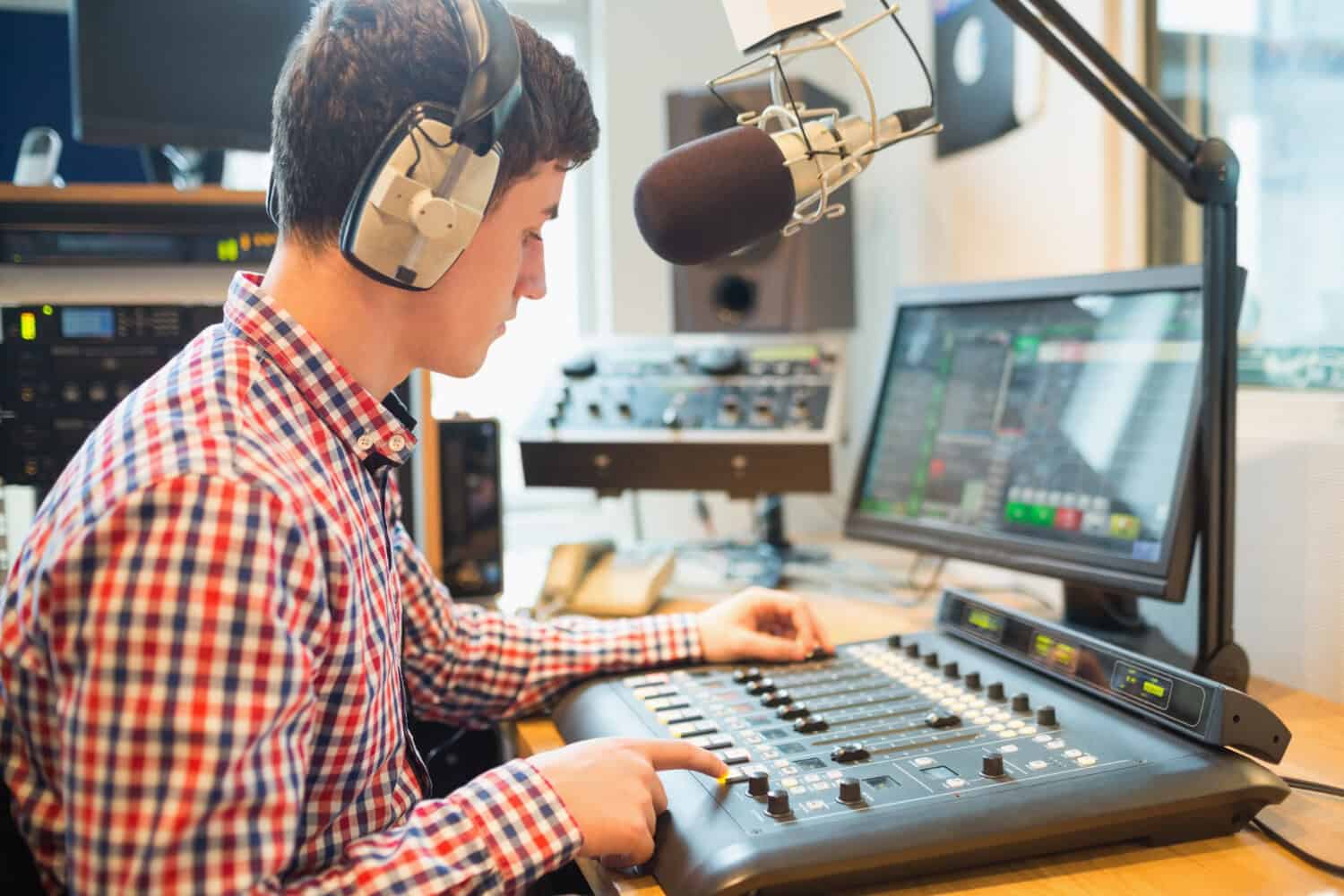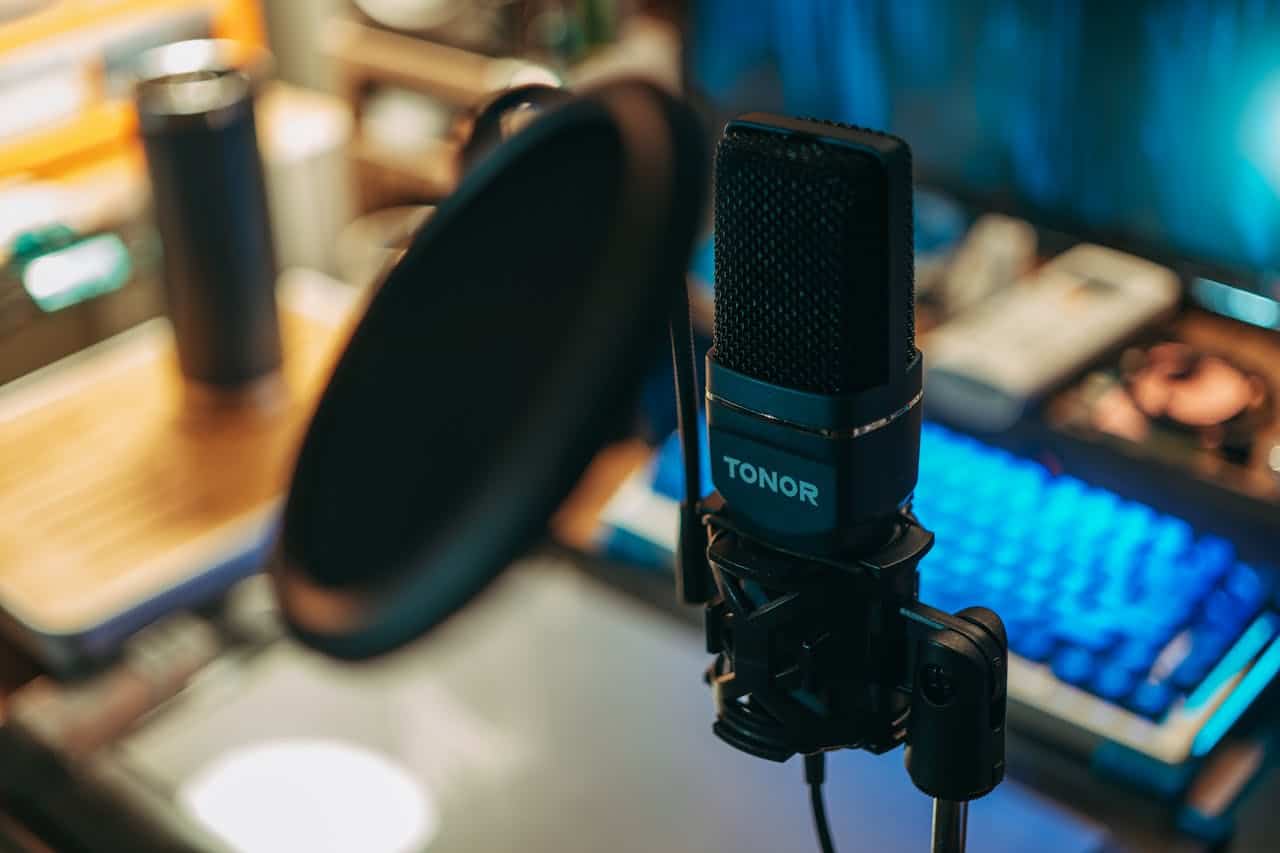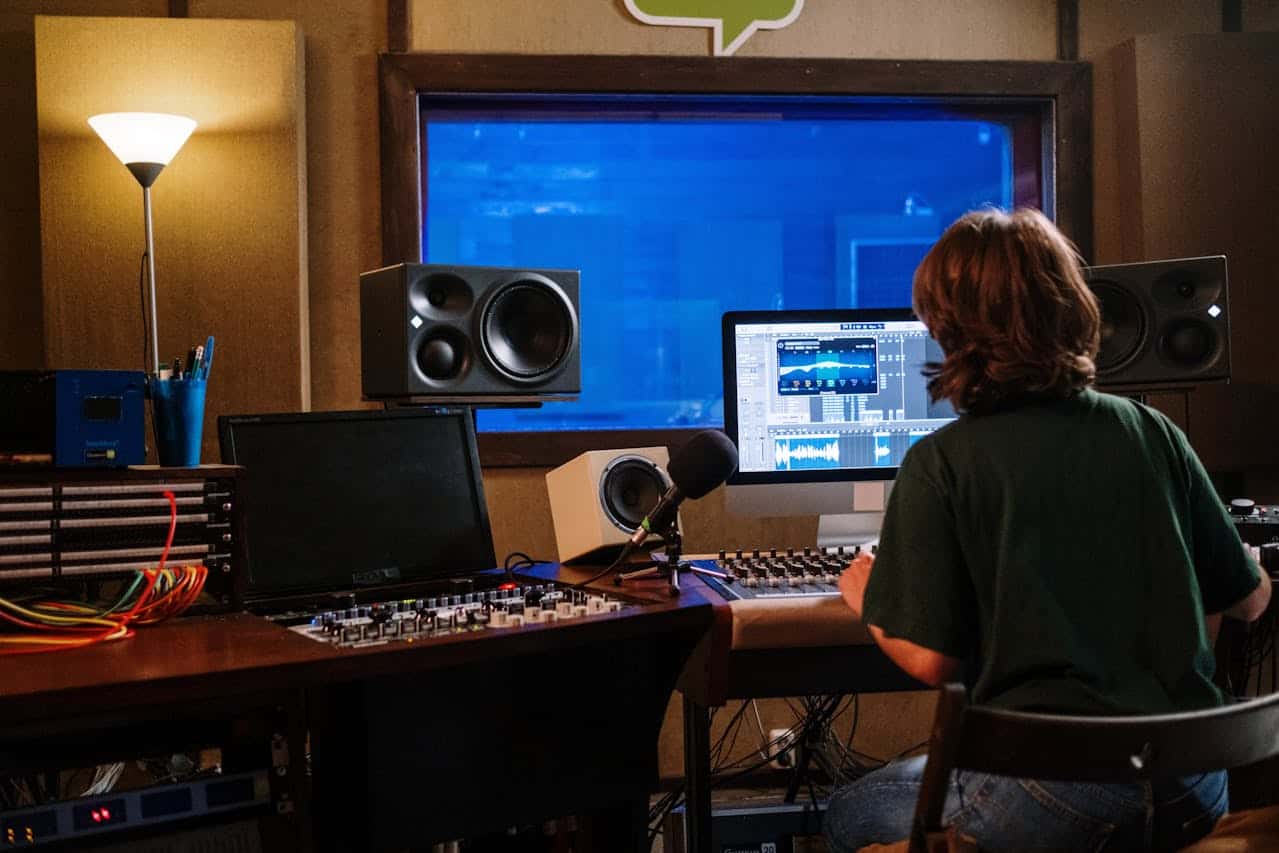Green screen technology is a game-changer for creators looking to bring their vision to life. It offers flexibility in choosing backgrounds and creating environments that would otherwise be impossible or too expensive to film. Whether you’re shooting a commercial or a television show or just creating content for social media, mastering the use of a green screen studio can transform your final product, making it more engaging and professional. Understanding how to effectively use a green screen can help maximize creativity and minimize production constraints.
Delving into the strategies for making the most out of this versatile tool involves more than just technical know-how. It’s about fostering creativity and ensuring your visual storytelling is compelling. From choosing the right rental space to setting up your equipment correctly, these strategies can help you navigate the process smoothly. It’s not just seasoned professionals who can benefit; even beginners can achieve impressive results with the right approach and techniques.
Choosing the Right Green Screen Rental
Selecting the right green screen studio space is like setting the stage for a play. The decision can greatly impact the overall quality and efficiency of your production. Many factors come into play, but focusing on location and budget makes the process manageable.
– Location and Accessibility: Your studio’s location can influence not just travel time but also the convenience with which you can transport equipment and crew. Choose a studio that is easily accessible and ideally located near other logistics you might need, like nearby rental facilities for additional gear or services.
– Budget Considerations: While it’s tempting to go for top-notch options, it’s important to balance quality with cost. Look for rentals that offer packages or hourly rates that fit your project’s scope without compromising on essential needs. If your budget is tight, prioritize features that most directly enhance your project, like soundproofing or available lighting equipment.
In picking the perfect studio, consider how each aspect aligns with your project’s needs. Whether it’s an easily reachable location or a budget-friendly offer, making the right choice will streamline your production process significantly.
Setting Up Your Green Screen
Getting the setup right is crucial to avoiding the common pitfalls of green screen production. A well-arranged green screen allows for seamless post-production integration and helps maintain the illusion of whatever setting you’re trying to create. Key elements include lighting and positioning.
– Lighting Techniques for Best Results: Uniform lighting is vital for ensuring that the green screen background can be replaced without noticeable edges or shadows. Using soft, diffused lights helps achieve a smooth, well-lit screen. Position lights strategically to eliminate shadows and create even illumination.
– Positioning and Framing: The placement of the green screen is as important as the lighting. Ensure that the screen is tight and wrinkle-free for a smooth appearance. Frame your subjects with enough space around them to avoid any unexpected edges appearing in the final video. This will make background replacement easier and more effective.
Mastering the green screen setup doesn’t have to be daunting. With these tips, you can avoid common mistakes and set a strong foundation for your video production, making the editing process feel effortless.
Tips for Effective Filming in a Green Screen Studio
Filming effectively in a green screen studio requires attention to detail and a keen eye for potential pitfalls. One essential aspect of getting a flawless finish is ensuring proper background replacement. This means the background you choose to replace the green screen needs to match the scene in terms of lighting and perspective. If your scene shows a sunset, but your lighting suggests midday, the mismatch can be jarring.
Another key factor is to avoid common mistakes like wearing green in front of the screen, which can result in invisible or partially transparent parts in the final video. It’s all about planning ahead and considering how each element will interact. Here’s a list of additional tips to keep in mind:
1. Test Your Setup: Conduct test shots to see how your settings work under studio conditions and make adjustments as needed.
2. Check Your Wardrobe: Make sure no one is wearing green or reflective clothing that could create unwanted effects on screen.
3. Utilize Monitoring Tools: Use external monitors to see how the scene looks in real-time to catch errors early.
4. Keep the Background Plain: While shooting, aim for a simple actual background if you need to integrate complex digital settings later.
Getting these details right will significantly simplify the editing phase and ensure your finished product looks professional.
Post-Production Essentials
Once filming wraps up, the work shifts to post-production, where the magic of editing and special effects brings the vision to life. A key component here is integrating special effects seamlessly. When done right, this can expand your visual narrative and enhance what you’ve shot. Begin by using compatible software that allows easy manipulation of layers and effects.
Editing is where everything comes together, so pay close attention to the alignment and consistency of backgrounds and other elements. Timing and pacing are crucial — an off-sync area might need revisiting to keep viewers engaged. This is where the raw footage is polished into the final version, adding music, sound effects, or voiceovers to complete the audio-visual experience. With patience and thoroughness, you can maintain the quality and coherence of your project.
Making the Most of Your Green Screen Rental: Final Thoughts
Successfully utilizing a green screen studio involves dedication to detail and creativity. This space offers endless possibilities for storytelling and visual engagement. By renting and preparing thoughtfully, you lay the groundwork for outstanding results. Whether used for creating otherworldly environments or subtle enhancements, the green screen serves as a critical tool in expanding storytelling horizons.
As the final touches are made, remember that the goal is to engage the audience with a polished, professional video that draws them in. From the initial choice of studio to the finalized effects, each step contributes to creating captivating content. By following the outlined strategies, you position yourself to deliver videos that are not only visually impressive but also leave a lasting impact on viewers.
Ready to take your video production to the next level with a seamless green screen experience? Let Killerspots Agency support your creative vision with expert advice and resources. Reach out to us to discuss your needs and ensure your green screen rental is perfectly tailored to your project. For any inquiries or to set up a consultation, call us at 513-270-2500.
















